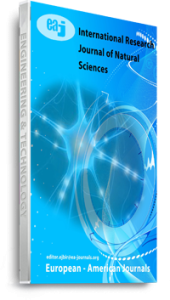Tef is a highly valued indigenous cereal crop produced in Ethiopia. As a result, the crop is adapted to diverse agro-ecological regions of Ethiopia and grows well under stress environments better than other cereals including low moisture stressed areas of Guji Zone, Southern Oromia. However, an access of improved tef variety is highly limited to such marginalized area. Due to this and other preceding factors, the potential of the area to tef production is not exploited. So, there is a need to develop and promote technologies that suit for the area. As a result, the current experiment was conducted at two low moisture stressed districts of Guji zone (Adola and Wadera) to select and recommend high yielding, early maturing, low moisture stress and diseases tolerant improved tef varieties through participatory variety selection. Seven low moisture stress tolerant improved tef varieties with one local check were used as testing materials. The treatments were arranged in randomized completed block design with three replications for mother trial and farmers were used as replication for baby trials. Both agronomic and farmers data were collected based on the recommended standards. Data collected from mother trail were subjected to analysis of variance where as matrix ranking was used for data’s collected from baby trial. The analysis of variance indicated presence of significant differences at (P≤0.01, P≤0.05) among the evaluated tef varieties for all of the characters considered except number of fertile tillers per plant (NFTPP) .Significant variability was observed among the tested tef varieties for grain yield qt/ha, which was ranged from 6.03 to 16.67 qt/ha with the mean value of 9.57 qt/ha and coefficient of variation 23.43%. The highest grain yield (16.67 qt/ha) was recorded for Dagim. But, low yield of 6.03 qt/ha was obtained from Guduru variety. In other cases, farmers were allowed to evaluate the varieties using their own criteria. Accordingly, variety Dagim was selected by farmers due to their best performance. Thereby, improved tef varieties Dagim and tesfa are selected based on their agronomic performance and farmer’s choice for production to the study area and similar agro-ecologies.
Citation: Tesfaye Y., Chimdesa O., Alemu S., Asefa K., Teshome G. (2022) Participatory variety selection of improved tef varities for low moisture stress areas of Guji zone, Southern Oromia, International Research Journal of Natural Sciences, 10 (3), 49-55
Keywords: Tef, improved variety, participatory variety selection

